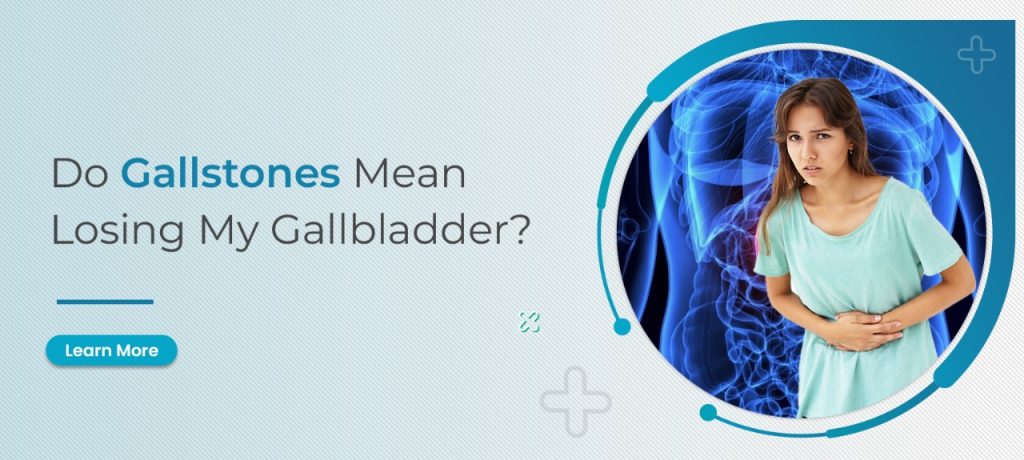Gallstones represent the hard deposits in the digestive fluid, which is developed within the gallbladder. The gallbladder represents an organ like a pear in the right abdomen, below the liver. The gallbladder has digestive fluid known as bile which is secreted within the small intestine.
In India Gallstones occur in women three times more than a man and up to 18% of women by the age of 50 to 60 effected by gallstones. In women it develop by the many reason like Multiple pregnancies, Family history, Rapid loss of weight etc. In this post we will discuss about the symptom of Gallbladder stone and it’s risk factor in Women.
The general symptoms of gallstones in Women
- The pain is severe within the upper abdomen which improves quickly and continues for 30 minutes and it might last for hours.
- Back pain between shoulder blades.
- Right shoulder pain.
- Vomiting
- Nausea
- Fever
- Jaundice.
- Bloating in abdomen
- Lack of tolerance to foods containing fat
- Gas
- Lack of digestion
When you need to visit a Doctor
- Chills
- Sweating
- Fever of low grade
- Yellowish hue in skin or white part in our eyes
- Stools showing clay color
People having gallstones never show symptoms. Silent stones are the name of those stones because they will not intervene in the activity of the liver, gallbladder, or pancreas, and there is no need for treatment.
The gallstone symptoms look like appendicitis, heart attack, ulcers, hiatal hernia, irritable bowel syndrome, hepatitis, or pancreatitis. It is important to talk to a health care expert for treatment.
What are the risk factors for gallstones?
There are certain risk factors for gallstones. They are as follows:
- Obesity: Obesity represents a major factor for the gallstones in women.
- Ethnicity: Native Americans possess a significant rate of gallstone in the nation and it is a genetic predisposition leading to top levels of cholesterol in the bile.
- Gender: Women have twice the chance of developing gallstones in comparison to men.
- Age: People having more than 60 years will have gallstones in comparison to young people.
- Drugs reducing cholesterol: Some drugs reduce cholesterol in our blood and it can improve the level of cholesterol formed in bile, and this improves the danger of the gallstones.
- Diabetes: People suffering from diabetes show significant levels in fatty acids, known as triglycerides. It improves the chances of developing gallstones.
- Quick Loss of weight: When the body metabolizes the fat at the time of quick weight loss, this compels the liver to produce additional cholesterol in the bile. It is responsible for gallstones.
- Fasting: The process of fasting reduces the movement in the gallbladder and it compels the bile to increase the concentration of the cholesterol.
Profile of Dr Sayandev Dasgupta
Dr. Sayandev DasGupta is one of the pioneers among the very few doctors who introduced laparoscopic surgeries in Kolkata in the year of 1992. He has nearly three decades of experience performing a variety of laparoscopic surgical procedures, including gallbladder operations, and has established himself as one of the most reputable laparoscopic surgeons in Kolkata and the rest of the nation.






